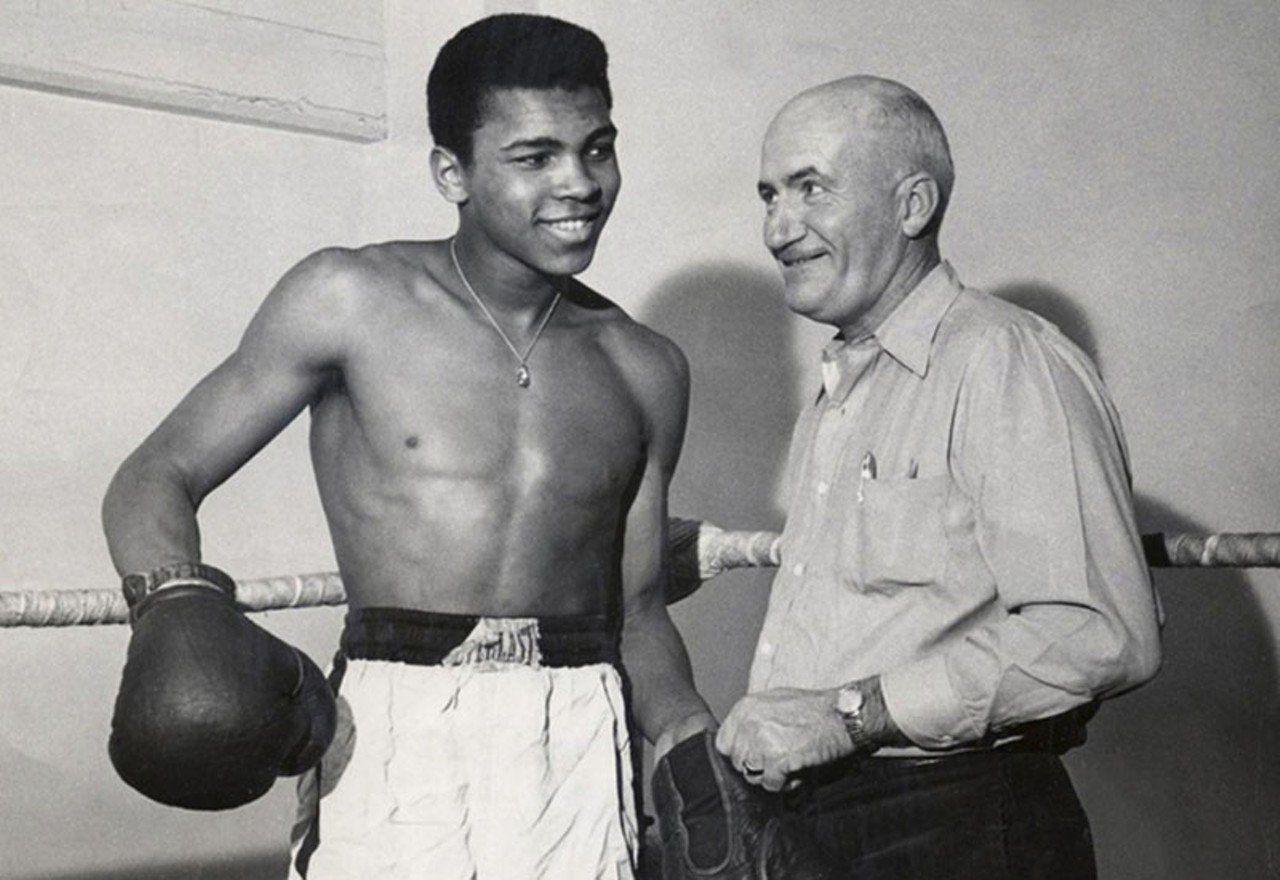How To Spot A Story

A good story is wrapped in context and delivered with emotion to inspire action
With so much talk about business storytelling you’d think business people were telling more stories. Sadly, we see lots of people talking about stories but very few telling them.
Thing is, you just don’t get the benefits of storytelling unless you are actually telling a story. Facts alone lead to consensus, but facts wrapped in context and delivered with emotion inspire action. That, in essence, is a story and what it can do.
This might interest you: The Power Of Storytelling To Connect Authentically With Your Customers
Part of the problem is that many business people can’t tell the difference between a story and a mere tagline, assertion or point of view. Sometimes, what they’re expressing may even be devoid of context and unemotional, a barely understandable bullet point. Often, what they lack is a simple story framework to help them pick out actual stories from one of the above.
If you can identify with this problem, here’s an infographic you can pin to your wall or save to your smartphone so that you have some simple guideposts to help you spot stories. (Figure 1)
Once armed with this knowledge, you’ll no longer be lulled into accepting any old thing as a brand story, product story, strategic story, or even a strategic narrative unless it’s really a story.
Oral storytelling
We designed this simple story framework with oral storytelling in mind. I guess that’s because most of our work involves helping leaders tell their stories verbally – off the cuff and without PowerPoint slides.
A big part of being able to tell stories is the ability to find good ones to tell. If you don’t have the ability to spot a story, it’s like stamp collecting without knowing what a stamp looks like. When you rock up to a stamp show and display your collection of beer coasters, you look a little foolish.
The ability to spot an oral story is THE key to effective story-work. You only get the benefits of storytelling if you’re actually telling a story. This alone will set you apart from all those who merely talk about stories but do not tell any.

Figure 1
So here are the steps:
Often starts with a time or place marker, or sometimes a character
When you hear someone say, “Just this week. . .” or “The other day …” or “In 1991. . .” then it’s likely they are starting to tell a story. These are time markers.
Sometimes an oral story starts with a place, for example, “We were in the boardroom and Allan walked in …” or “At the crusher Ali heard the bell. . .”
And very rarely an oral story will start with a description of a character. “Tony has been with the company 20 years. He’s the kind of guy who powers through the work…” Written stories, however, frequently start with a character description.
A series of connected events
This is the bare essential. Stories describe a series of interconnected events. When you hear someone say, “and then. . .and after that … and because of that …” you are hearing a story.
People doing things and talking
If you hear people’s names and what they did, or if you hear dialogue, then there’s a good chance you’re listening to a story.
And something unanticipated happens
A story is a promise. A promise to share something your audience didn’t know. It doesn’t have to be a huge twist or big insight, but the listener should at least raise their eyebrows a little. That’s what makes something story-worthy.
It has a business point
And to make it a business story, a story just has to have a business related point.
Now, these tips for spotting oral stories says nothing about whether the story is a good one.
So keep this in mind:
- a story describes what happened;
- a good story helps you see what happened;
- a great story helps you feel what happened.
Once you learn the art of story-spotting, you quickly pick up the pace on collecting good stories and hone the art of telling them well. You become empowered to get your point across with greater impact and to forge a deeper emotional connection with your listeners.
Leadership
Tags: Engagement, Influence






